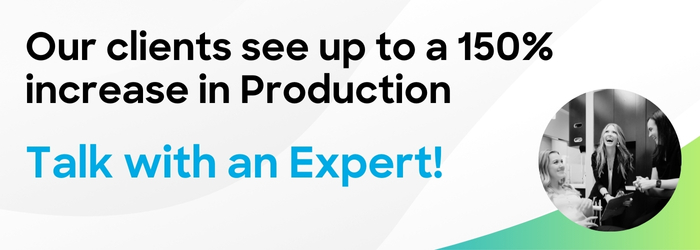From $3.2M to $5M: A Dentist’s Journey to Practice Growth
When this doctor came to us, he was doing well on the surface. Revenue was strong, but practice growth had stalled. The owner had big goals but wasn’t sure how to get there without burning out. The team was maxed, systems were shaky, and there wasn’t a clear path to sustainable expansion.
We stepped in to help them scale smart, NOT harder!
Here’s what we focused on:
- Adding 2 associates that were the right fit
- Building out a true leadership team to share responsibility
- Establishing clear communication and accountability systems
- Securing hospital privileges to offer in-house dental surgeries
- Creating dedicated surgery days for more efficient scheduling
- Improving hygiene billing practices to reflect true production
- Coaching the team to elevate care without sacrificing time or energy
The results were game-changing!
- Collections jumped from $3.2M to over $5M
- Expanded services increased case acceptance and efficiency
- The leadership team created stability and reduced owner overwhelm
- Stronger systems allowed the practice to grow without chaos
Most importantly, the doctor got their time back. The practice ran smoother, patients had a better experience, and the team was more aligned than ever.
What about you?
Do you ever feel stuck between practice growth and burnout? We get it. You don’t have to figure it out on your own. There’s a better way and it starts with building the right systems and team structure for your next level of success!
Schedule a complimentary Practice Assessment. We’ll identify your blind spots, find growth opportunities, and show you how to take your practice from plateaued to powerhouse.
Let’s build your transformation story next!
For more tips, check out our podcast.
Last updated: September 2025
Written by Jacintha Ham, Dental A Team

